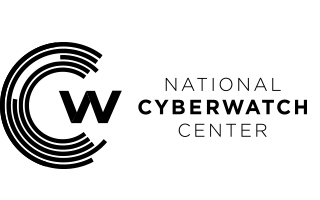Description
4 credit/unit hours – Four hours of lecture weekly; one term
This course teaches problem-solving skills using accepted programming practices. Discussions and hands-on labs focus on algorithms, data structures, fundamental syntax of an object-oriented language, data types, control structures, file I/O, classes, objects, methods, and arrays.
Updated: April 25, 2023
Learning Objectives
Upon completion of this course the student will be able to:
- Use an object-oriented programming language for problem solving;
- Design algorithms and translate them into working solutions;
- Demonstrate the importance of testing and validating the solution;
- Identify the data types and variable naming conventions;
- Demonstrate how to do calculations;
- Demonstrate inputting and outputting of data;
- Identify techniques for formatting data;
- Construct programs using the three control structures: sequence, selection, and repetition;
- Write programs using arrays;
- Identify, explain, and discuss data organization; and
- Develop basic GUI (Graphical User Interfaces) using various programming components
Main Topics
1.0 Role of Different Programming Languages
2.0 Introduction to a Structured Language
3.0 Program Development Cycle
4.0 Data Types
5.0 Arithmetic Expressions
6.0 Input and Output
7.0 Selection
8.0 Repetition
9.0 Methods and Classes
10.0 Data Files
11.0 Arrays
12.0 Debugging Techniques
13.0 Graphical User Interfaces (GUIs)
